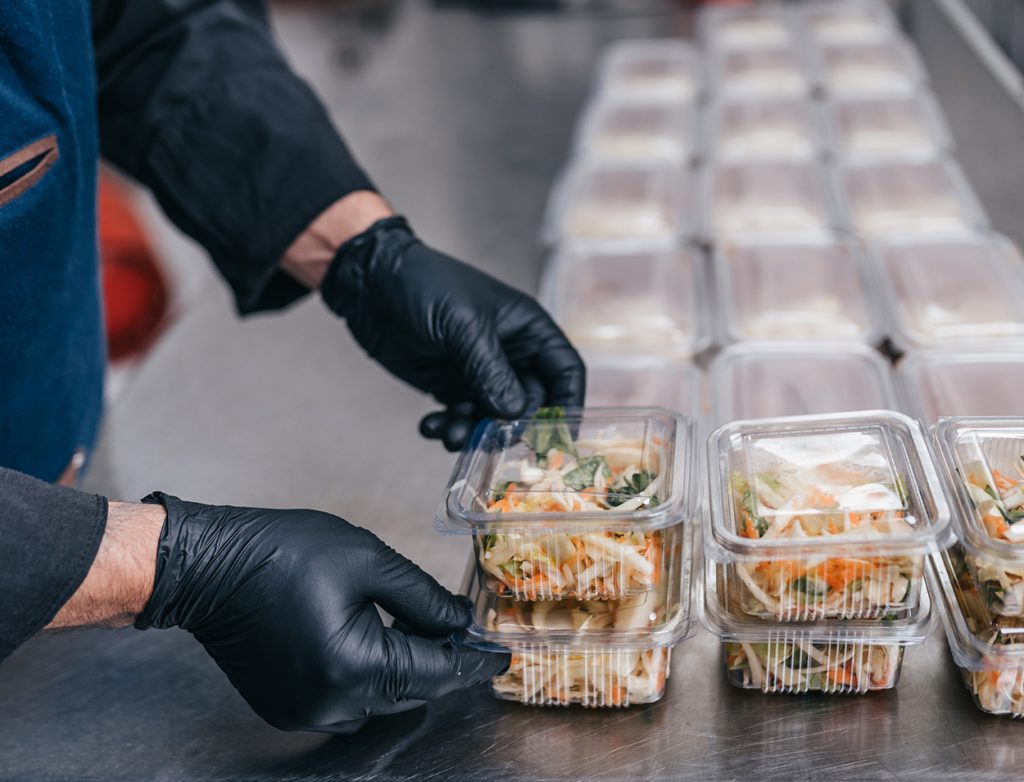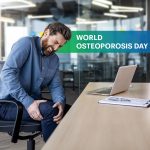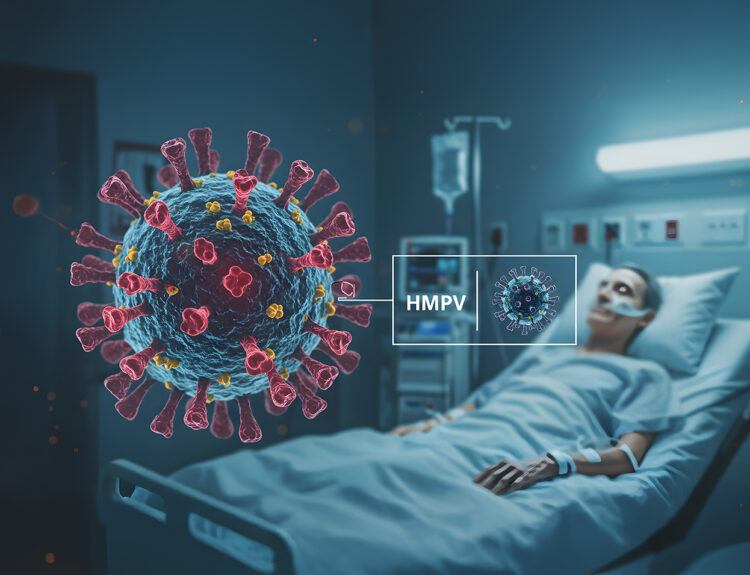Whether it’s for wrapping up leftovers, grabbing a quick snack, or picking up groceries – we all rely on food packaging. Isn’t it? In fact, if you seriously sit and think about it, it’s hard to imagine life without plastic wrap, paper, or cardboard. After all, these products help us keep our food fresh and safe. But here, in this article, were are about to share a piece of news that will leave you scared and stunned.
Recent research has revealed that some of the materials used in food packaging may be doing more harm than good. A team of scientists has identified almost 200 chemicals linked to breast cancer found in food packaging. It’s unsettling to think that the materials designed to protect our food might risk our health.
This study, published in Frontiers in Toxicology, raises an important question:
“Even with regulations meant to keep us safe, how can 200 chemicals linked to breast cancer still make their way into the packaging we use every day?”
This research is a real wake-up call! While food packaging has made our lives easier, it’s time to start thinking about the potential risks it brings to our health. Maybe it’s time we started paying more attention to what’s in our packaging because convenience shouldn’t come at the cost of our well-being.
KEY FINDINGS FROM THE STUDY PUBLISHED IN ‘FRONTIERS IN TOXICOLOGY’
The research conducted by experts, including Jane Muncke, Managing Director of the Food Packaging Forum, found around 200 chemicals linked to breast cancer in materials that are in direct contact with the food we consume. Plastics, paper, and cardboard packaging can contain substances that leach into the food, exposing consumers to potential breast cancer carcinogens. Despite regulations to limit harmful chemicals in food packaging, the findings reveal that many of these substances are still prevalent in everyday products.
This revelation raises important concerns about human exposure to chemicals linked to breast cancer, particularly because of how ingrained food packaging is in daily life. The risk isn’t limited to one specific demographic; everyone who consumes packaged food could be vulnerable to breast cancer chemicals.
UNDERSTANDING BREAST CANCER CARCINOGENS IN FOOD PACKAGING

Breast cancer carcinogens are substances that have the potential to cause cancer, often by altering cellular metabolism or damaging DNA directly. The chemicals identified in this study include a range of harmful substances – some used for their durability and flexibility in packaging materials, others for their ability to repel grease or water.
While regulations exist to control chemical exposure, many of these breast cancer carcinogens continue to slip through the cracks, contributing to daily risks that most people are unaware of.
THE IMPORTANCE OF PREVENTION
According to Muncke, the study emphasizes the critical need for prevention strategies. “This study is important because it shows that there is a huge opportunity for prevention of human exposure to breast cancer-causing chemicals,” she said. Strengthening preventative measures could help reduce the public’s exposure to these breast cancer carcinogens, thereby lowering the risk of breast cancer on a larger scale.
While the study focuses on chemicals linked to breast cancer found in food packaging, the implications are far-reaching. Many of these chemicals have the potential to cause other health issues as well. By identifying nearly 200 potential carcinogens, the research shines a spotlight on the significant gaps in food packaging regulations and the necessity for reform.
WHAT CAN CONSUMERS DO TO AVOID CHEMICALS LINKED TO BREAST CANCER
One of the most effective ways to protect consumers from exposure to chemicals linked to breast cancer is by strengthening food safety regulations.
Current regulations in many parts of the world allow certain chemicals to be used in food packaging if deemed safe within specific limits. However, the cumulative effect of exposure to multiple chemicals over time, combined with gaps in testing, may increase cancer risks more than anticipated.
However, beyond stricter regulations, consumers can take a few other steps to protect themselves from chemicals linked to breast cancer found in food packaging.
Some of the steps include:
Step 1: Choosing Fresh Over Packaged
Whenever possible, choose fresh food that isn’t wrapped in plastic or other packaging. Farmer’s markets and bulk food stores are great options for avoiding unnecessary packaging.
Step 2: Use Glass or Stainless Steel Containers
Always use glass or stainless steel containers instead of plastic when storing food at home. Most importantly, they should never be reheated in plastic containers. Heat can increase the migration of breast cancer chemicals from plastic packaging into food.
Please note: Even if the package claims – “microwave-safe,” it’s best to avoid heating food in plastic containers.
Step 3: Check Labels
Look for packages free from harmful substances such as BPA (bisphenol A), a widely recognized endocrine disruptor. Many brands now offer BPA-free options, but always check the label for additional information.
THE ONLY WAY FORWARD: ELIMINATE CARCINOGENS IN FOOD PACKAGING
The discovery of nearly 200 chemicals linked to breast cancer found in food packaging is a sobering reminder of the hidden dangers that exist in the products we rely on every day.
However, it also offers a significant opportunity for change. By raising awareness of these risks and pushing for stronger regulations, we can take meaningful steps toward reducing our exposure to harmful chemicals linked to breast cancer.
Moving forward, collaboration between researchers, policymakers, and consumers will be crucial in creating a safer, healthier future. As the evidence continues to mount, the message is clear – it’s time to rethink how we package our food, not just for convenience but also for our health.
Your knowledge and expertise can drive this change. By joining MDForLives, healthcare professionals, allied health workers, and patients can participate in paid surveys and contribute to these vital efforts.
REFERENCE:
- Study Finds 200 Chemicals Linked to Breast Cancer in Food Packaging Materials
www.mid-day.com

The creative force behind the keyboard, Pallabi crafts narratives of healthcare wonders and research marvels. As a seasoned professional blogger, she ventures to unearth the riches of medical innovation, weaving them into insightful stories that educate.






